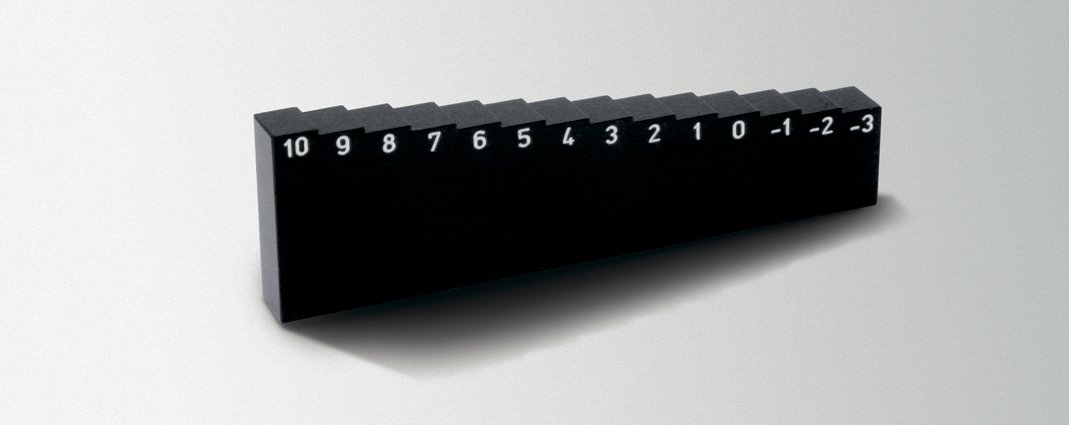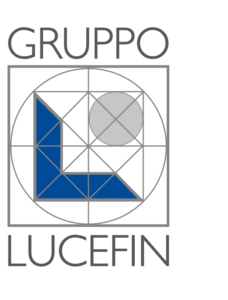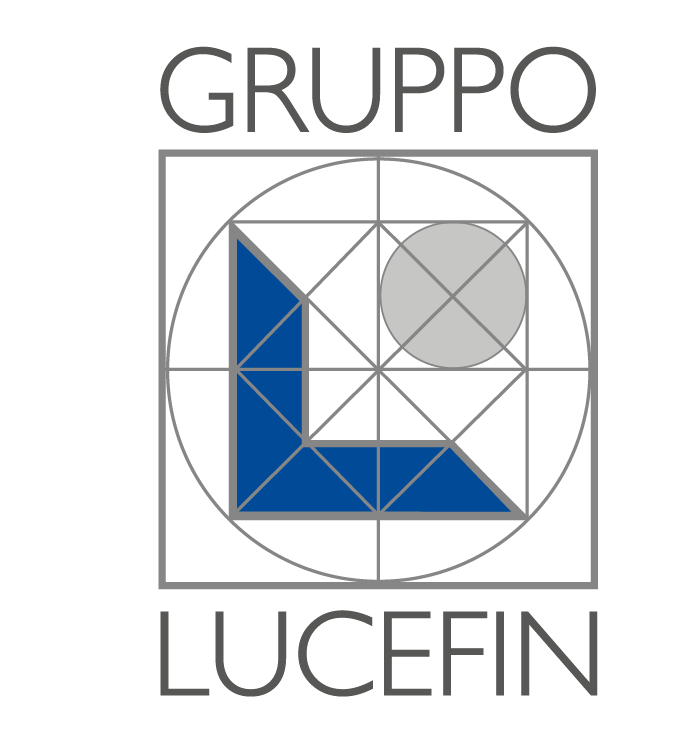CONSTRUCTIONAL/STRUCTURAL STEELS

Structural and constructional steels are unalloyed steels and they are normally marketed in their natural state, i.e. without any heat treatment.
The following special conditions may be agreed upon in the order:
- stress relieving (300 °C)
- normalization
- spheroidizing
- soft annealing
- annealing to achieve certain structures
- annealing for mechanical working with a guaranteed hardness
- quenching and tempering
The rolled products are generally supplied without elimination of the calamine (oxide coating) but, if requested, they can be sand-blasted, pickled, peeled etc.
This steel family essentially contains low carbon and manganese, and limited amounts os sulphur and phosphorous. Sulphur is also added when they are used for tool working (SAE 1141 – 1116 – 1117).
In general, unless otherwise agreed in the order, mechanical properties such as failure, yield, elongation and resilience are not requested, but merely a maximum hardness value. They are considered as poor materials, but careful production makes them suitable for several delicate applications. Their ability to satisfy the cold-heading market is guaranteed by the long period of experimentation and their widespread use.
The most common structural and constructional steels are::
SAE 1141 – SAE 1116 – SAE 1117 – SAE 1018 – SAE 1045 – CB 4 FF – CB 20 FF – C20
This steel family is the most common on the market and includes all the main support elements such as frames, general installations, superstructures and all the elements needed to produce a device, a mechanism, etc.
Non-alloy structural steels are tough steels with a limited carbon content in which some quantities of manganese and silicon are added in order to reach a compromise between weldability and a good Rp/R ratio (high yield limit), thereby enabling a reduction of the load-bearing sections, with a resulting reduction in material costs of even up to 30%. In some cases they contain small quantities of chromium, nickel, etc., coming from scrap or from the raw material. The percentage content of these elements is so small that their influence is insignificant and they are not therefore considered in the Standard. The lack of alloy elements means that the hardening is limited. Non-alloy structural steels are also known as high-yield steels due to cold reduction by cold-drawing and cold-rolling.
These steels are also suitable for welding, hot and cold deformation. They are generally used in natural state, but they may be normalized or hardened and tempered when required for the specific use, such as for the production of shafts, lightly stressed machine parts, bolts and screws.



